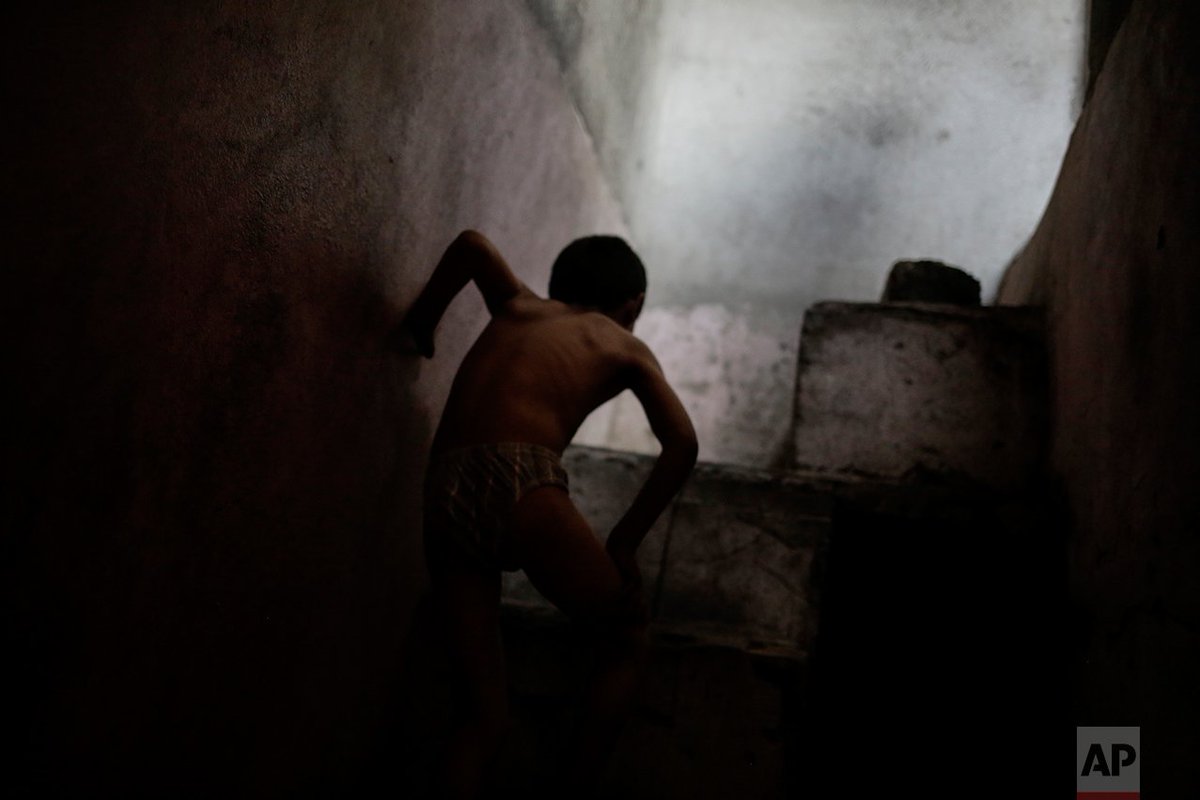
In this photo taken on Wednesday, May 3, 2017 a boy walks up the stairs before lunch inside his home in western Mosul, Iraq. Iraqi forces are making slow progress in the fight against the Islamic State group in Mosul. Meanwhile, food supplies are running dangerously low for civilians trapped inside militant-held territory and those inside recently retaken neighborhoods.: photo by Bram Janssen/AP, 3 May 2017
In Mosul, hunger grows amid slow advances against IS: Bram Janssen/AP, 6 May 2017
MOSUL, Iraq (AP) — Aliyah Hussein and the 25 family members sheltering with her in Mosul’s western Mahatta neighborhood are surviving by picking wild greens growing in a park near their home. Hussein mixes the vegetables with small amounts of rice and tomato paste to make a thin soup that is often her family’s only meal.
Her cousin Zuhair Abdul Karim said on a recent day that even with the wild greens, the food ran out.
“I swear to God, we are hungry. (The Islamic State group) made us hungry. They didn’t leave anything for us, they even stole our food,” Hussein said. Her home sits just a few hundred yards (meters) from the front line in the battle for western Mosul.
As Iraqi forces continue to make slow progress in the fight against IS in the city, clawing back territory house by house and block by block, food supplies are running dangerously low for civilians trapped inside militant-held territory and those inside recently retaken neighborhoods. For families like Hussein’s, safety concerns make them unreachable for most humanitarian groups.
Although Hussein has technically been liberated, her neighborhood is still too dangerous for most humanitarian groups to reach. In the past week she said she received only one box of food consisting of rice, oil and tomato paste, barely enough to feed her entire family even for a single day.
“The women didn’t have lunch. Only the children and men have eaten,” Abdul Karim said, explaining that he and his family are now living meal to meal. “We don’t know if we’ll have dinner,” he said, “maybe or maybe not.”
Some families walk several kilometers (miles) to markets that have sprung up in neighborhoods that have been under Iraqi military control longer. But prices there are high. Most families have exhausted their savings and work is almost non-existent in Mosul, a city now been ripped apart by war.
“The humanitarian world needs to realize that there is a huge gap between people who are in the safe zone and people who are actually trapped in the no man’s land between the Iraqi controlled areas and ... Daesh controlled areas,” said Alto Labetubun with Norwegian People Aid, one of the few groups operating in neighborhoods close to the front line. Daesh is the Arabic acronym for the Islamic State group.
Some 300,000 to 500,000 people remain beyond anyone’s reach, trapped in IS-held Mosul neighborhoods, according to the United Nations. For those civilians, siege-like conditions have prevented food supplies from reaching them for more than six months.
Most of those civilians are estimated to be in Mosul’s old city, where the final battles of the operation are expected to play out. If the fighting there lasts many more weeks, the U.N. warns the consequences for civilians will be “catastrophic.”
“We know we have a problem because when people reach our camps the first thing they ask for is food,” said Lise Grande, the U.N. humanitarian coordinator for Iraq. She said it’s impossible to measure exactly how many families are facing what she described as “serious hunger” inside Mosul, but the conditions of the people fleeing the city paint a grim picture of those who remain trapped.
Hundreds of infants and young children who recently fled Mosul are being treated for malnutrition, Grande said. Separately, she added that the U.N. had received reports that even baby formula in IS-held neighborhoods is now no longer available,
“If the battle goes beyond (the next few weeks), then we have a catastrophic problem,” she said.
In the Wadi al-Hajar neighborhood hundreds of people queue for food boxes delivered by Norwegian People Aid. But most of them are turned around as there aren’t enough supplies to go around. A small crowd of women begged the aid workers for food after the last boxes were handed out.
Ibrahim Khalil, also turned away, said his hunger was so intense, he felt like he was starving.
“Didn’t they claim they’d liberate us from Daesh?!” he said referring to the Iraqi government, “and they’d change our lives from misery to happiness?”
“I swear to God, we are hungry. (The Islamic State group) made us hungry. They didn’t leave anything for us, they even stole our food,” Hussein said. Her home sits just a few hundred yards (meters) from the front line in the battle for western Mosul.
As Iraqi forces continue to make slow progress in the fight against IS in the city, clawing back territory house by house and block by block, food supplies are running dangerously low for civilians trapped inside militant-held territory and those inside recently retaken neighborhoods. For families like Hussein’s, safety concerns make them unreachable for most humanitarian groups.
Although Hussein has technically been liberated, her neighborhood is still too dangerous for most humanitarian groups to reach. In the past week she said she received only one box of food consisting of rice, oil and tomato paste, barely enough to feed her entire family even for a single day.
“The women didn’t have lunch. Only the children and men have eaten,” Abdul Karim said, explaining that he and his family are now living meal to meal. “We don’t know if we’ll have dinner,” he said, “maybe or maybe not.”
Some families walk several kilometers (miles) to markets that have sprung up in neighborhoods that have been under Iraqi military control longer. But prices there are high. Most families have exhausted their savings and work is almost non-existent in Mosul, a city now been ripped apart by war.
“The humanitarian world needs to realize that there is a huge gap between people who are in the safe zone and people who are actually trapped in the no man’s land between the Iraqi controlled areas and ... Daesh controlled areas,” said Alto Labetubun with Norwegian People Aid, one of the few groups operating in neighborhoods close to the front line. Daesh is the Arabic acronym for the Islamic State group.
Some 300,000 to 500,000 people remain beyond anyone’s reach, trapped in IS-held Mosul neighborhoods, according to the United Nations. For those civilians, siege-like conditions have prevented food supplies from reaching them for more than six months.
Most of those civilians are estimated to be in Mosul’s old city, where the final battles of the operation are expected to play out. If the fighting there lasts many more weeks, the U.N. warns the consequences for civilians will be “catastrophic.”
“We know we have a problem because when people reach our camps the first thing they ask for is food,” said Lise Grande, the U.N. humanitarian coordinator for Iraq. She said it’s impossible to measure exactly how many families are facing what she described as “serious hunger” inside Mosul, but the conditions of the people fleeing the city paint a grim picture of those who remain trapped.
Hundreds of infants and young children who recently fled Mosul are being treated for malnutrition, Grande said. Separately, she added that the U.N. had received reports that even baby formula in IS-held neighborhoods is now no longer available,
“If the battle goes beyond (the next few weeks), then we have a catastrophic problem,” she said.
In the Wadi al-Hajar neighborhood hundreds of people queue for food boxes delivered by Norwegian People Aid. But most of them are turned around as there aren’t enough supplies to go around. A small crowd of women begged the aid workers for food after the last boxes were handed out.
Ibrahim Khalil, also turned away, said his hunger was so intense, he felt like he was starving.
“Didn’t they claim they’d liberate us from Daesh?!” he said referring to the Iraqi government, “and they’d change our lives from misery to happiness?”

Mosul residents have lunch inside their home, in Mosul, Iraq.: photo by Bram Janssen/AP, 3 May 2017

Mosul residents have lunch inside their home in western Mosul, Iraq.: photo by Bram Janssen/AP, 3 May 2017

Aliyah Hussein walks inside her house in western Mosul, Iraq.: photo by Bram Janssen/AP, 3 May 2017

Children play outside their house in western Mosul where fighting between Iraqi forces and the Islamic State group continues.: photo by Bram Janssen/AP, 3 May 2017

Two sisters wait for lunch inside their home in western Mosul, Iraq.: photo by Bram Janssen/AP, 3 May 2017

Aliyah Hussein lights the stove inside her house in western Mosul as she prepares lunch for her family.: photo by Bram Janssen/AP, 3 May 2017

Mosul residents wait in a queue for food distribution in western Mosul, Iraq.: photo by Bram Janssen/AP, 2 May 2017

A child stares at a baker making fresh cookies at a food distribution point in western Mosul, Iraq.: photo by Bram Janssen/AP, 2 May 2017

Mosul residents wait at a food distribution point inside western Mosul, Iraq.: photo by Bram Janssen/AP, 2 May 2017

Mosul residents reach out for freshly baked cookies at a food distribution point inside western Mosul, Iraq.: photo by Bram Janssen/AP, 2 May 2017

Ruanda Karim waits inside her home, in western Mosul, Iraq. Karim got injured after an air strike as Iraqi forces battle the Islamic State group inside the city.: photo by Bram Janssen/AP, 3 May 2017
A child’s sweater hanging in an abandoned home in western Mosul, Iraq.: photo by Andres Martinez Casares/Reuters, 28 April 2017

#Iraq A vehicle that belonged to ISIS militants is seen on the outskirts of the ancient city of Hatra near #Mosul @reuterspictures: image via Photojournalism @photojournalink, 4 May 2017
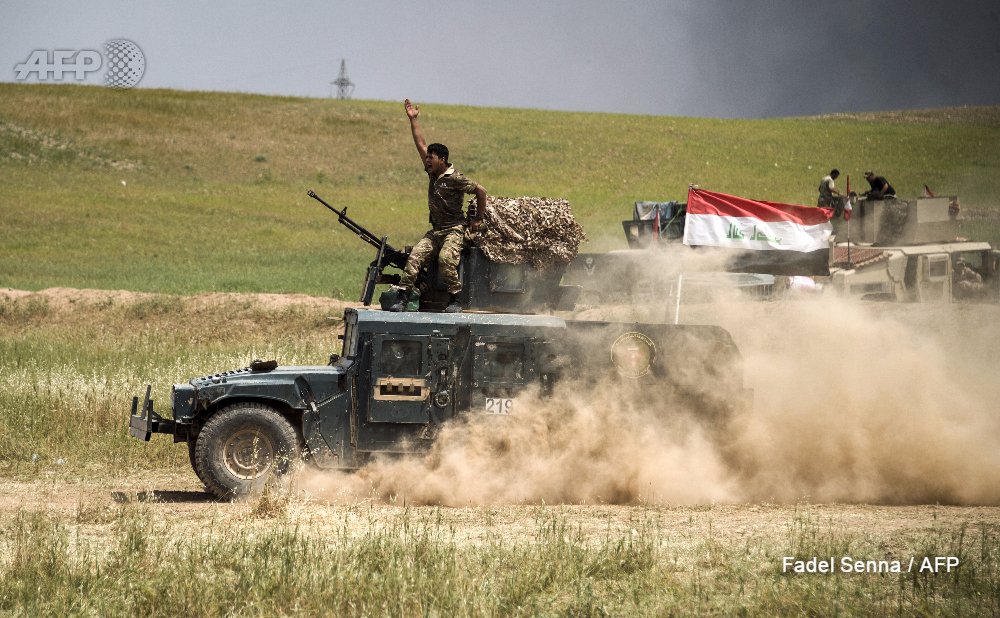
The
battle for west Mosul rages on as Iraqi forces push to dislodge
die-hard Islamic State jihadists holding scores of civilians hostage:
image via AFP news agency @AFP, 6 May 2017
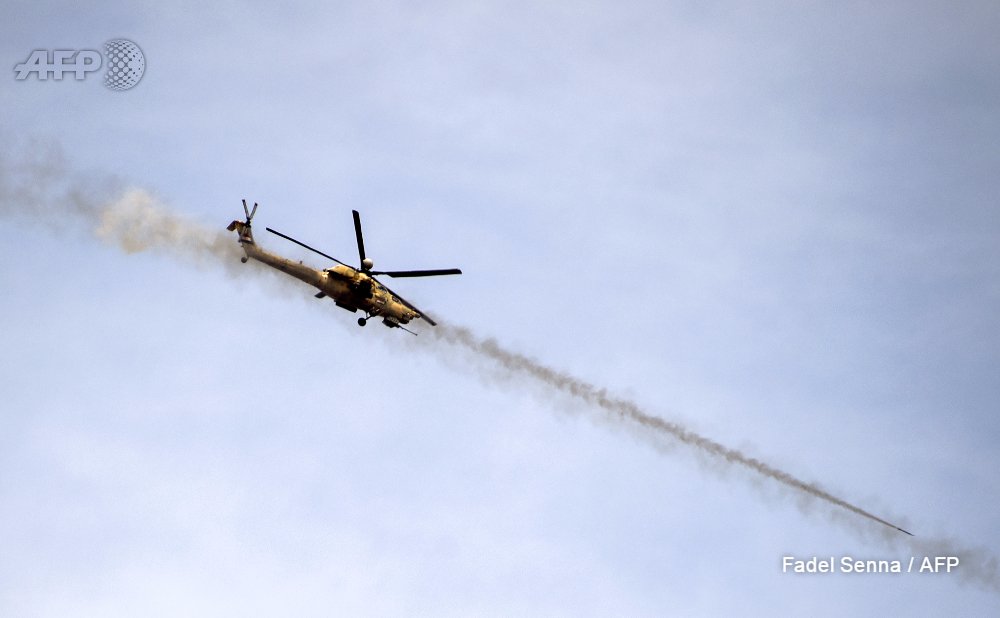
The
battle for west Mosul rages on as Iraqi forces push to dislodge
die-hard Islamic State jihadists holding scores of civilians hostage:
image via AFP news agency @AFP, 6 May 2017
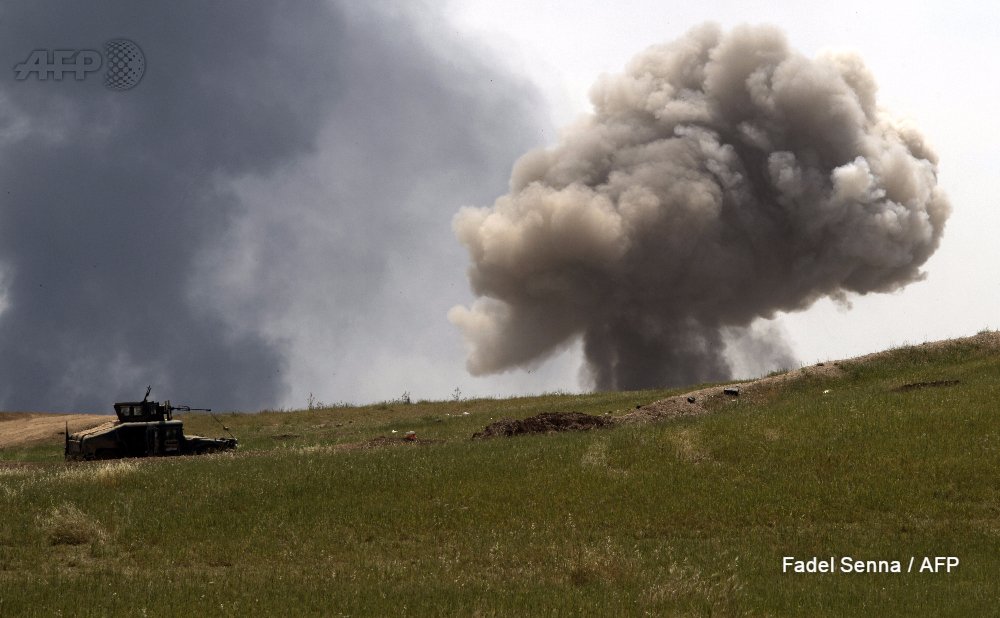
The
battle for west Mosul rages on as Iraqi forces push to dislodge
die-hard Islamic State jihadists holding scores of civilians hostage:
image via AFP news agency @AFP, 6 May 2017
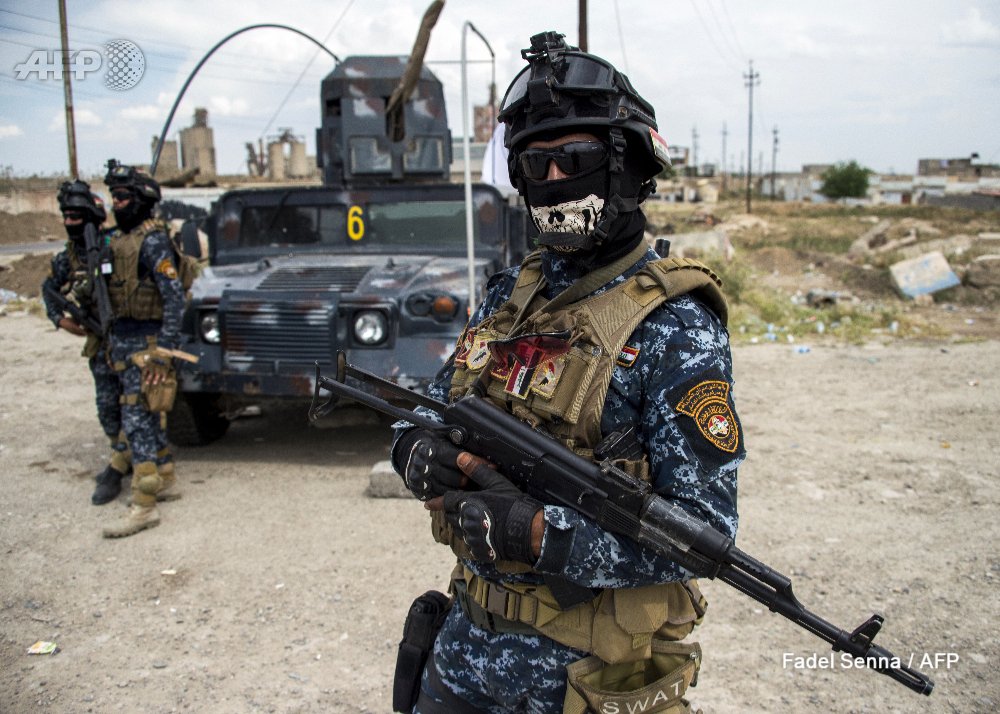
The
battle for west Mosul rages on as Iraqi forces push to dislodge
die-hard Islamic State jihadists holding scores of civilians hostage:
image via AFP news agency @AFP, 6 May 2017
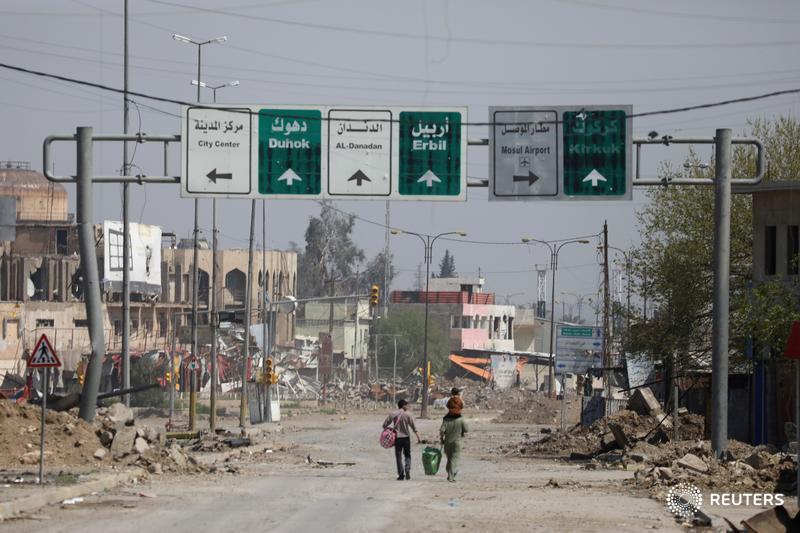
Rebuilding Mosul will take five years and cost billions that Iraq will struggle to afford, returning officials say: image via Reuters Pictures @reuterspictures, 3 May 2017
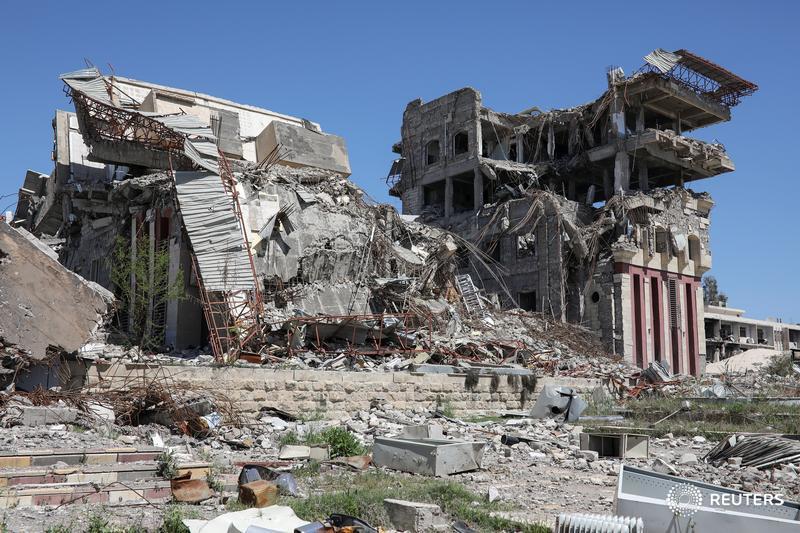
Rebuilding Mosul will take five years and cost billions that Iraq will struggle to afford, returning officials say: image via Reuters Pictures @reuterspictures, 3 May 2017
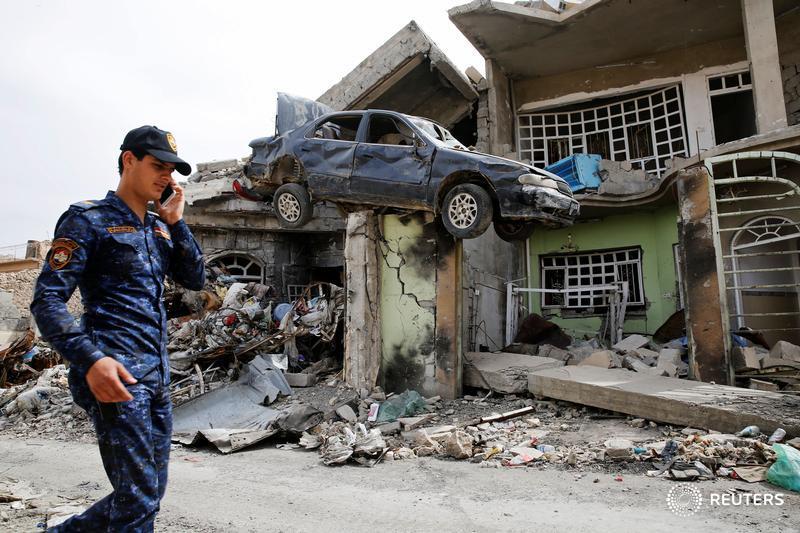
Rebuilding Mosul will take five years and cost billions that Iraq will struggle to afford, returning officials say: image via Reuters Pictures @reuterspictures, 3 May 2017
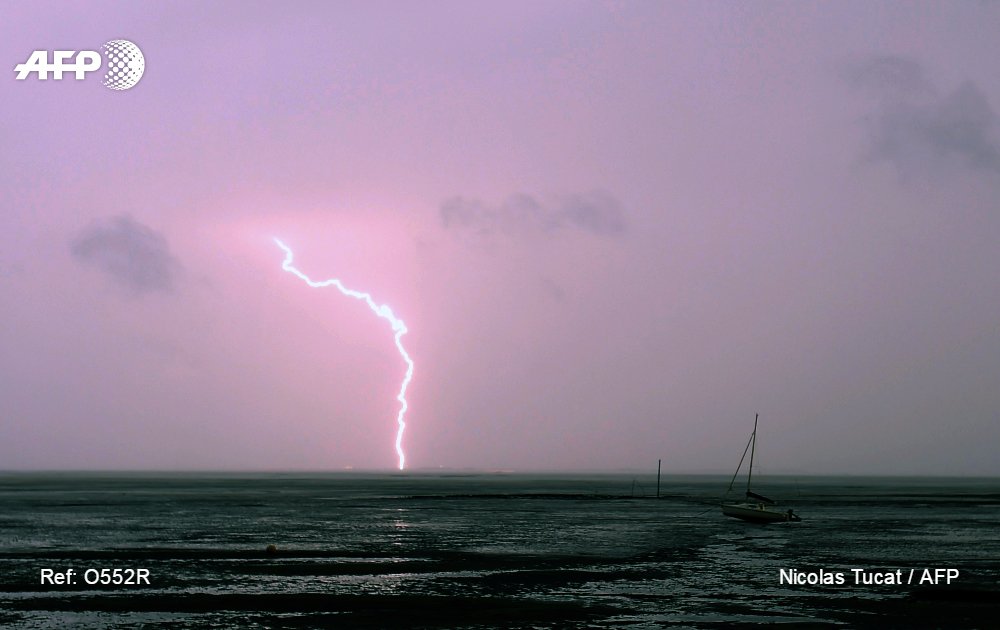
A lightning strike hits the ground above the Arcachon basin during a storm at sunset Photo @nicotucat: image via Aurelia BAILLY @AureliaBAILLY, 6 May 2017

Smoke rising from the horizon in Mosul, in northern Iraq, in April. A new offensive is intended to accelerate an operation that had slowed to a crawl.: photo by Christophe Simon/Agence France-Presse, 25 April 2017

Smoke rising from the horizon in Mosul, in northern Iraq, in April. A new offensive is intended to accelerate an operation that had slowed to a crawl.: photo by Christophe Simon/Agence France-Presse, 25 April 2017
7 May 2340
Most of those starburst fractures that form on the windows of the dream disappear after a day or two but still the turning against reason, the broken motivation to champion life against history, the regressive dependence on taste, the prioritizing of epochs that resulted in, for example, 2560 emerging from the shadow of her wicked sister 2340, but only long enough to fade back into the penumbra, as the enormous frontal hull now blocked out the sun; the nebulous philosophies of life; the admission of powerlessness; the waste of shame clown suit torn and grease spotted; the large gash in one limb; the night wobble by the tunnel path; the thundering deer; the shaggy fugal trees; the dense fog; the bone chill and the happy tune, playing over the crematorium sound system, adding a bit of melodic depth to the glistening surface cell lattice -- all these remain to be erased before morning...
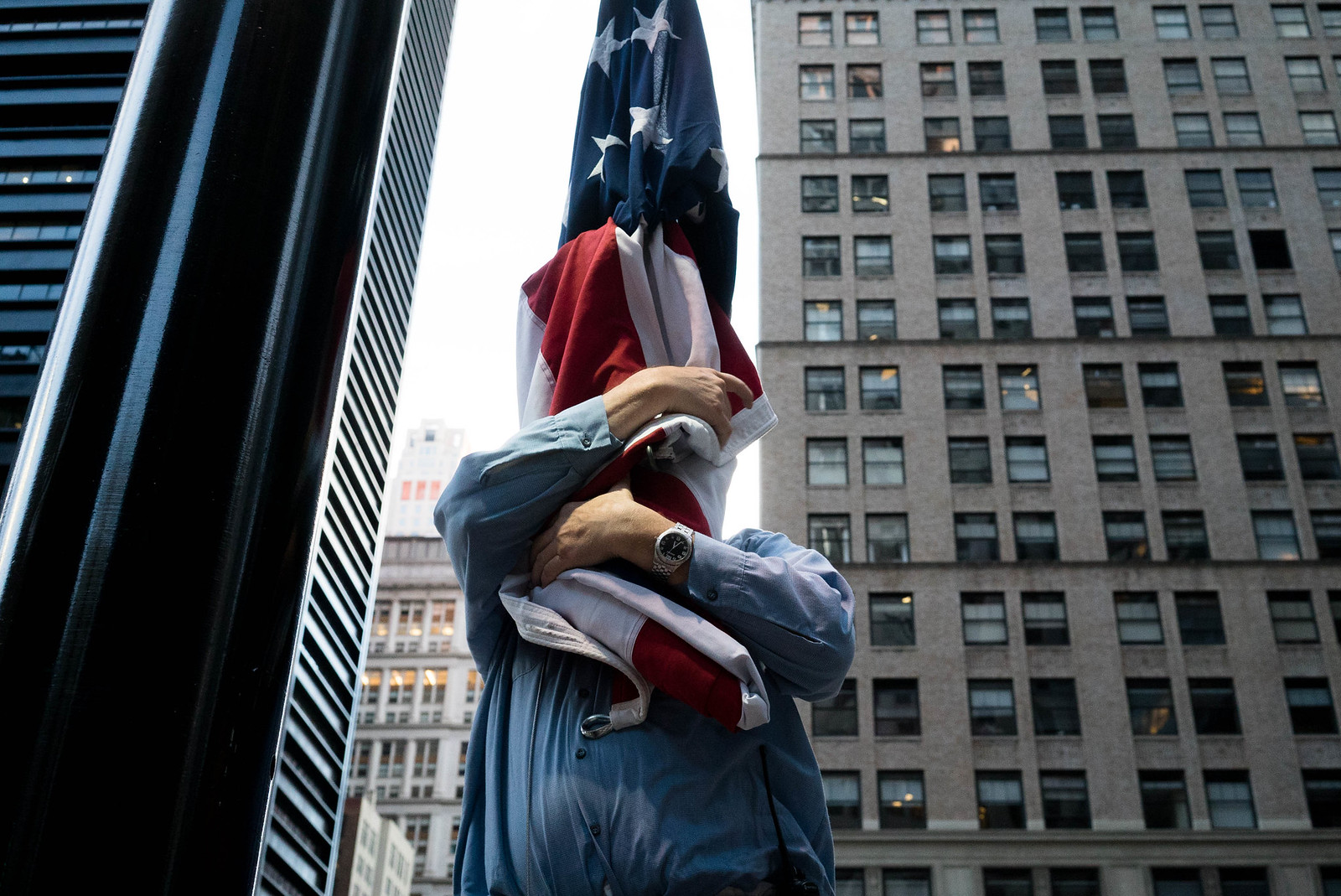
[New York City]: photo by Kanrapee Chokpaiboon, 14 June 2016

[New York City]: photo by Kanrapee Chokpaiboon, 14 June 2016

[New York City]: photo by Kanrapee Chokpaiboon, 14 June 2016

[Untitled]: photo by Kanrapee Chokpaiboon, 10 January 2017

[Untitled]: photo by Kanrapee Chokpaiboon, 10 January 2017

[Untitled]: photo by Kanrapee Chokpaiboon, 10 January 2017
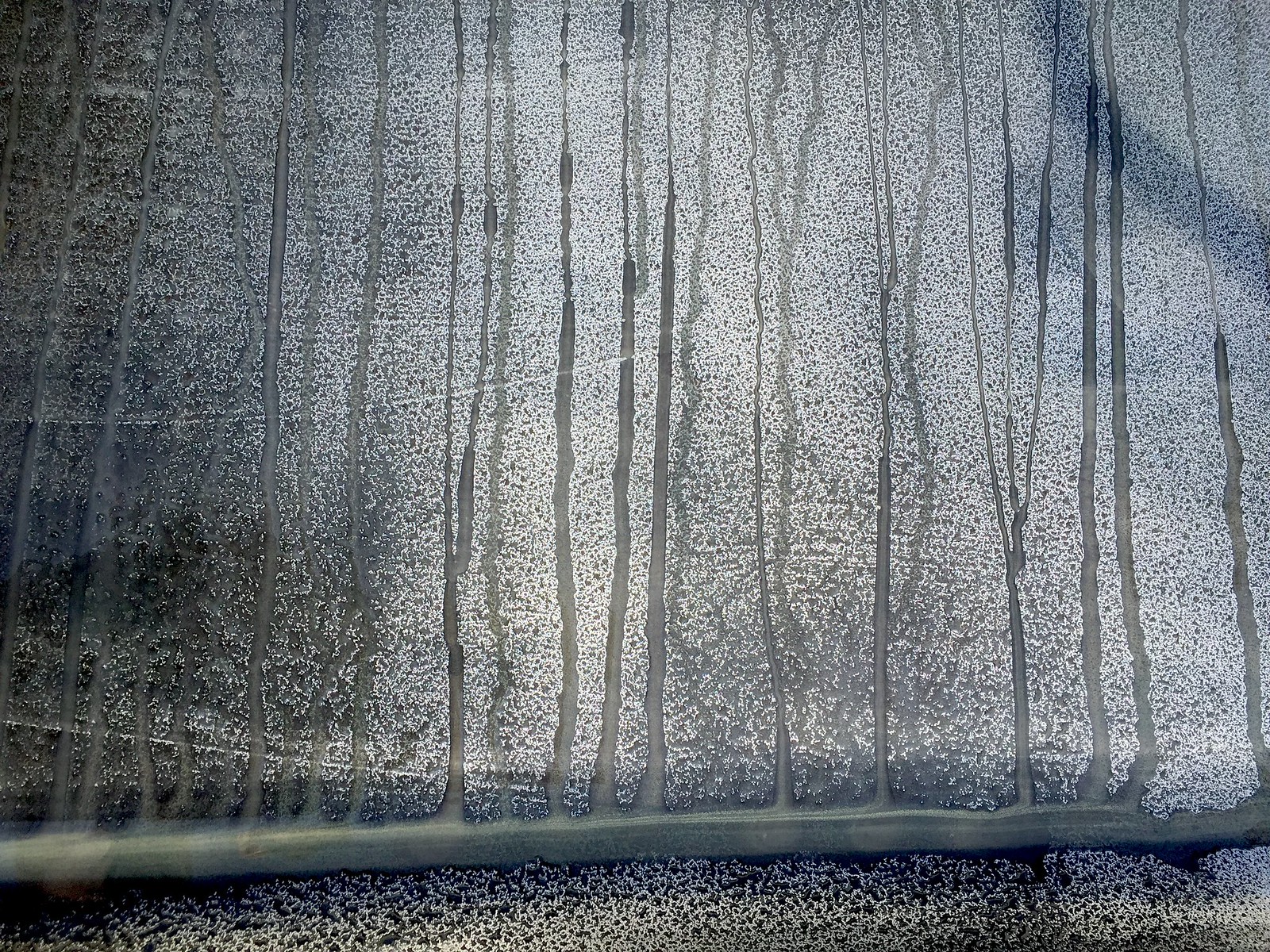
coat: photo by stephen sharkey, 17 April 2017

coat: photo by stephen sharkey, 17 April 2017

coat: photo by stephen sharkey, 17 April 2017
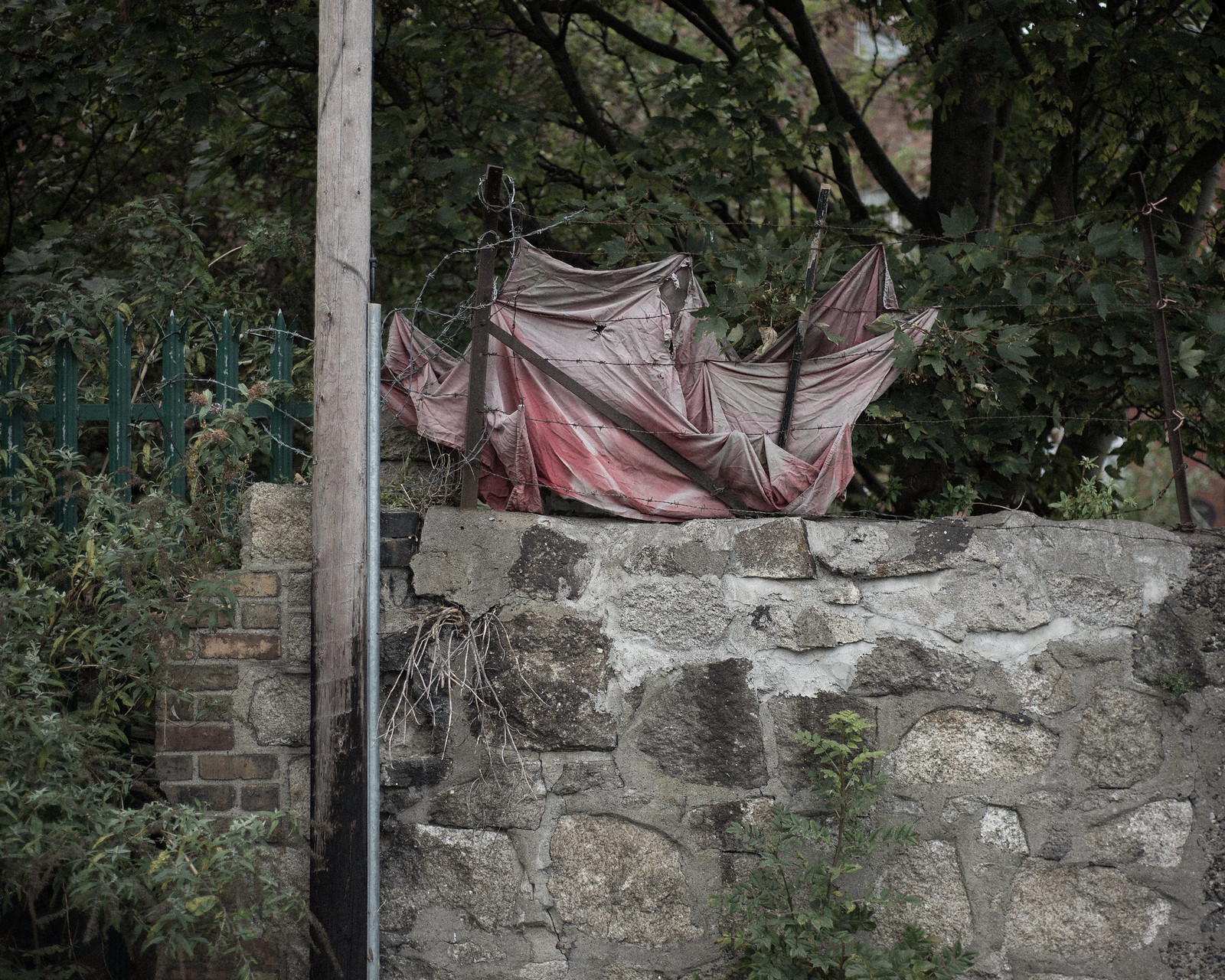
2340: photo by stephen sharkey, 11 October 2013

2340: photo by stephen sharkey, 11 October 2013

2340: photo by stephen sharkey, 11 October 2013

Four is a Number: photo by stephen sharkey, 7 November 2016

2340: photo by stephen sharkey, 11 October 2013

Four is a Number: photo by stephen sharkey, 7 November 2016
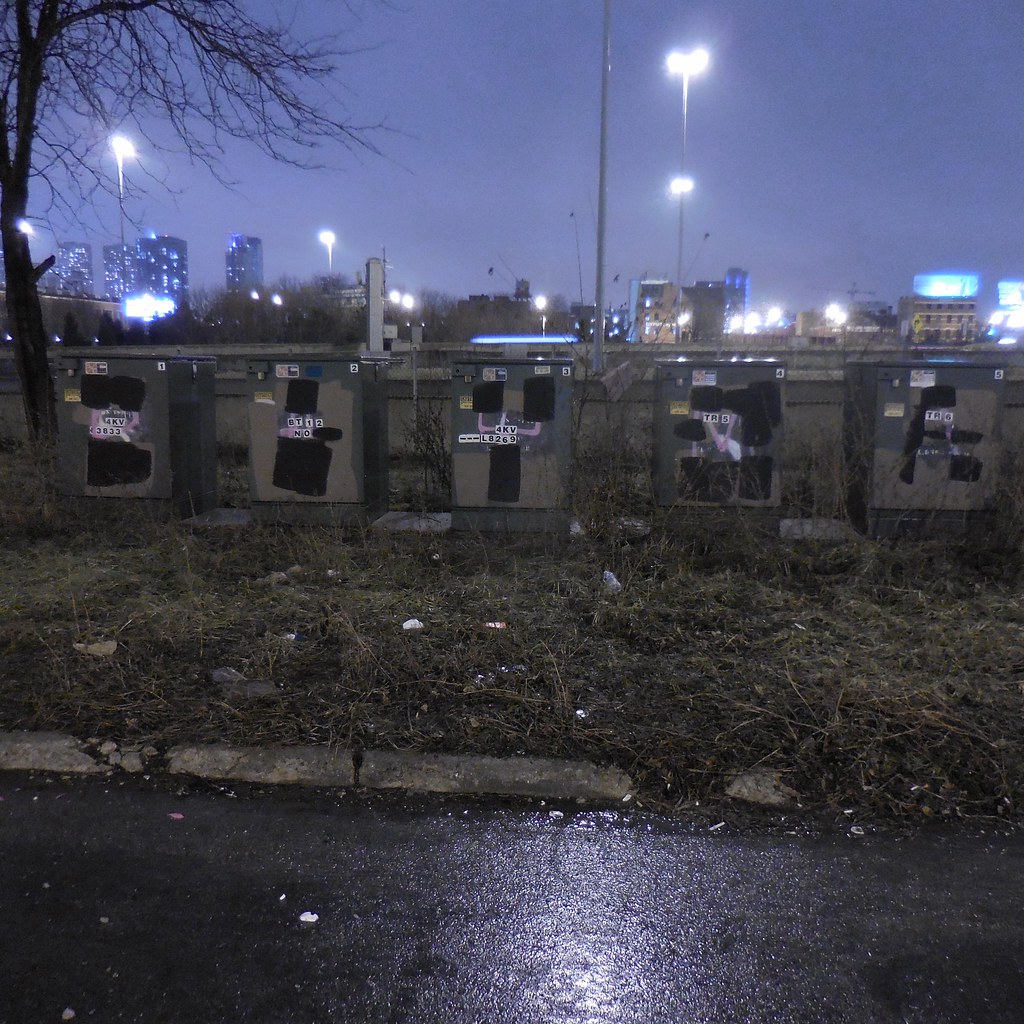
going underground [West Town, Chicago]: photo by Annie Maus, 17 January 2017

and. Vicinity 1101 Washtenaw [North Lawndale, Chicago]: photo by Annie Maus, 8 April 2017

Middlemarch, Central Otago: photo by bobsan88, 10 March 2017

Skid Row Coupe [Downtown LA]: photo by Andrew Murr, 6 May 2017
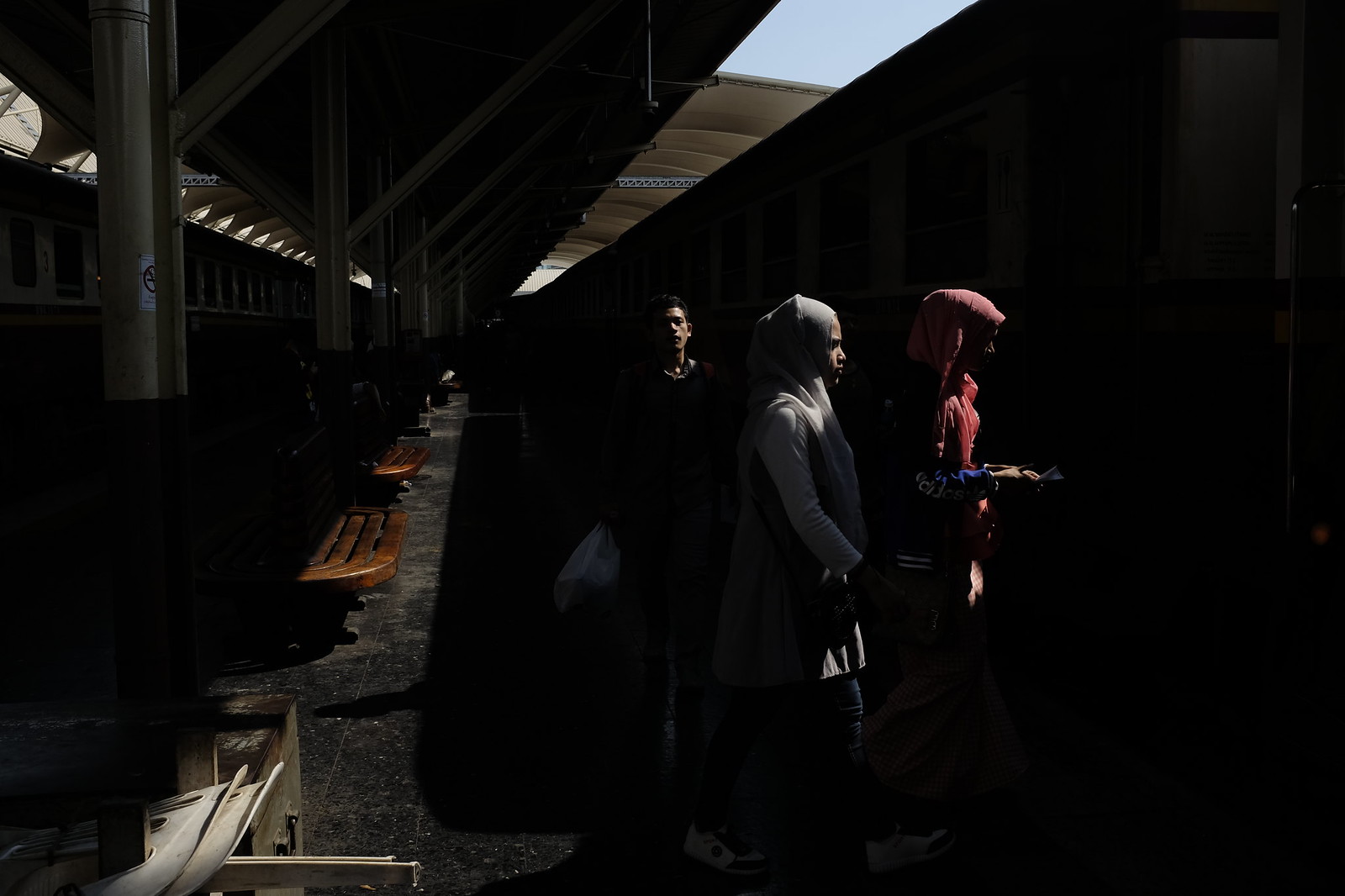
#5: photo by Chanwut BC Kul, 26 March 2017

#5: photo by Chanwut BC Kul, 26 March 2017

#5: photo by Chanwut BC Kul, 26 March 2017

DSC00048: photo by Kanrapee Chokpaiboon, 13 April 2017

DSC00048: photo by Kanrapee Chokpaiboon, 13 April 2017

DSC00048: photo by Kanrapee Chokpaiboon, 13 April 2017
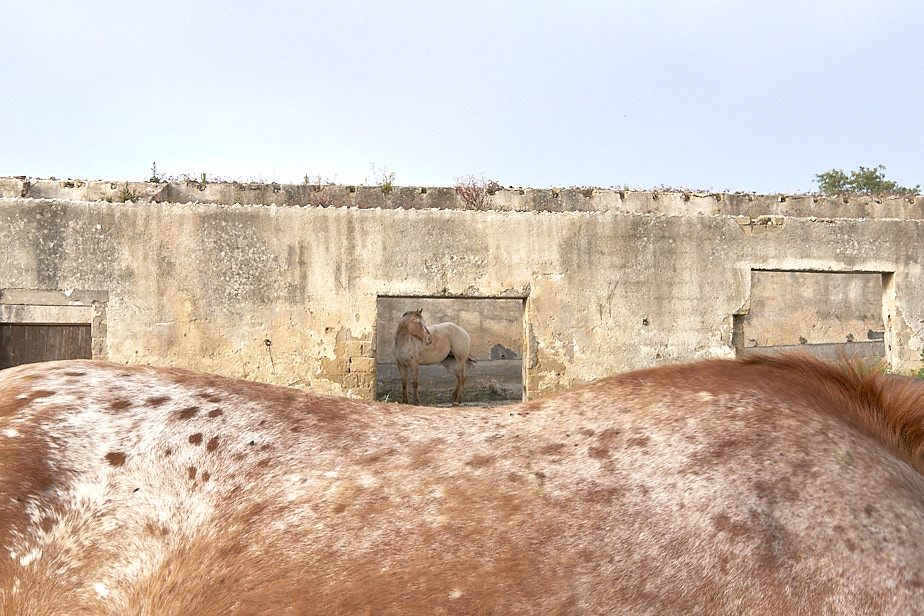
[Untitled]: photo by Nick Asaro, 6 May 2017

[Untitled]: photo by Kanrapee Chokpaiboon, 1 August 2016

[Untitled]: photo by Kanrapee Chokpaiboon, 1 August 2016

[Untitled]: photo by Kanrapee Chokpaiboon, 1 August 2016
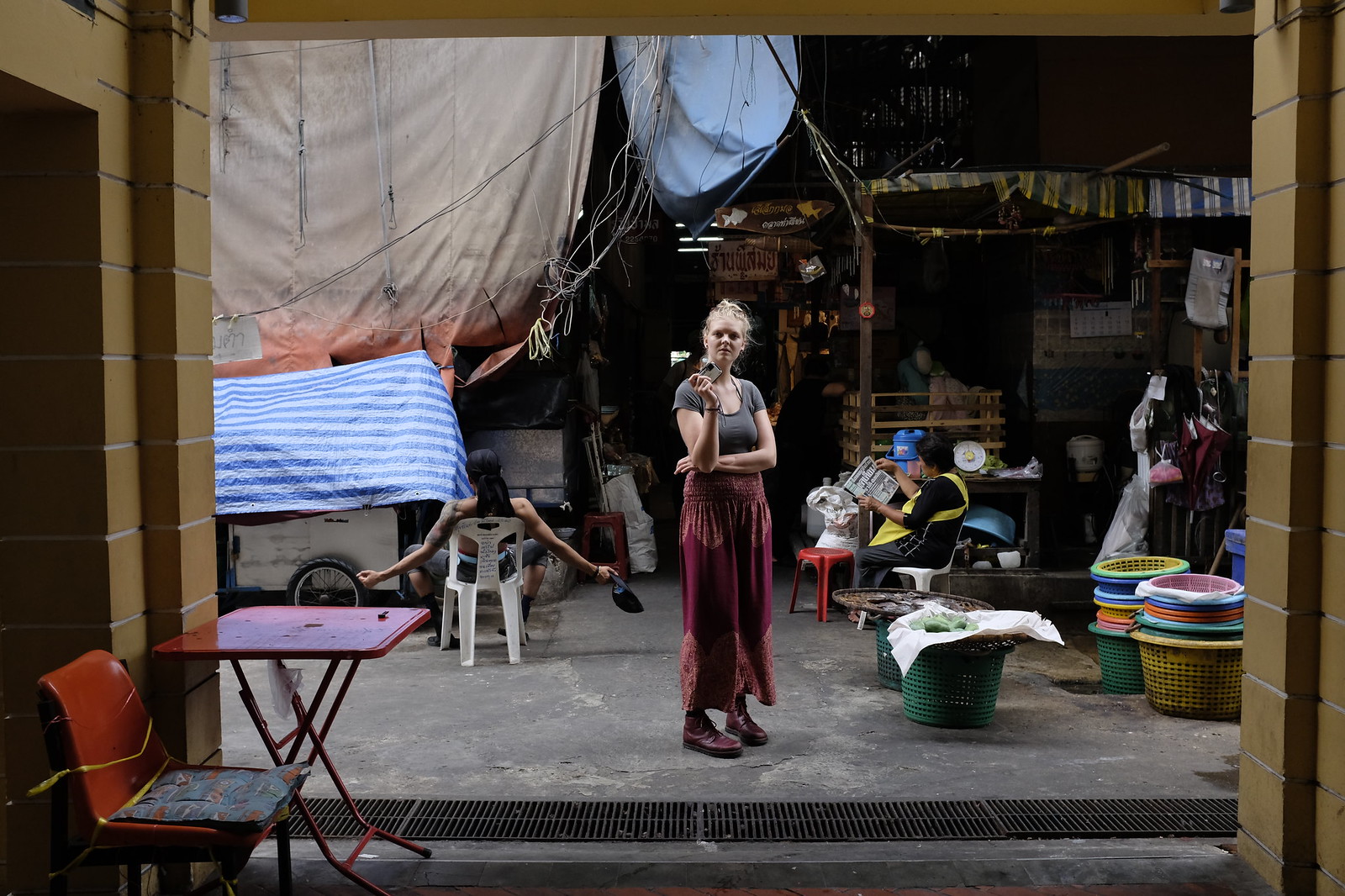
_DSF5821: photo by Chanwut BC Kul, 8 April 2017

_DSF5821: photo by Chanwut BC Kul, 8 April 2017

_DSF5821: photo by Chanwut BC Kul, 8 April 2017
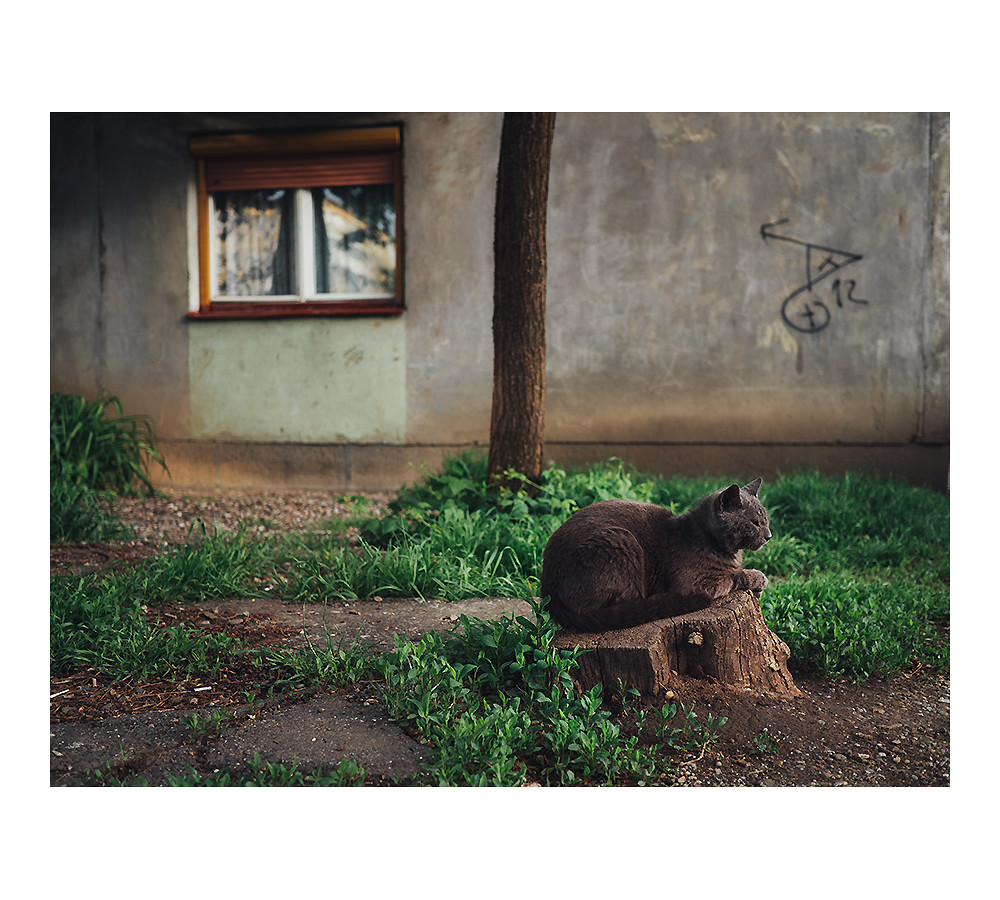
[Untitled]: photo by hajdu tamas, 1 May 2017
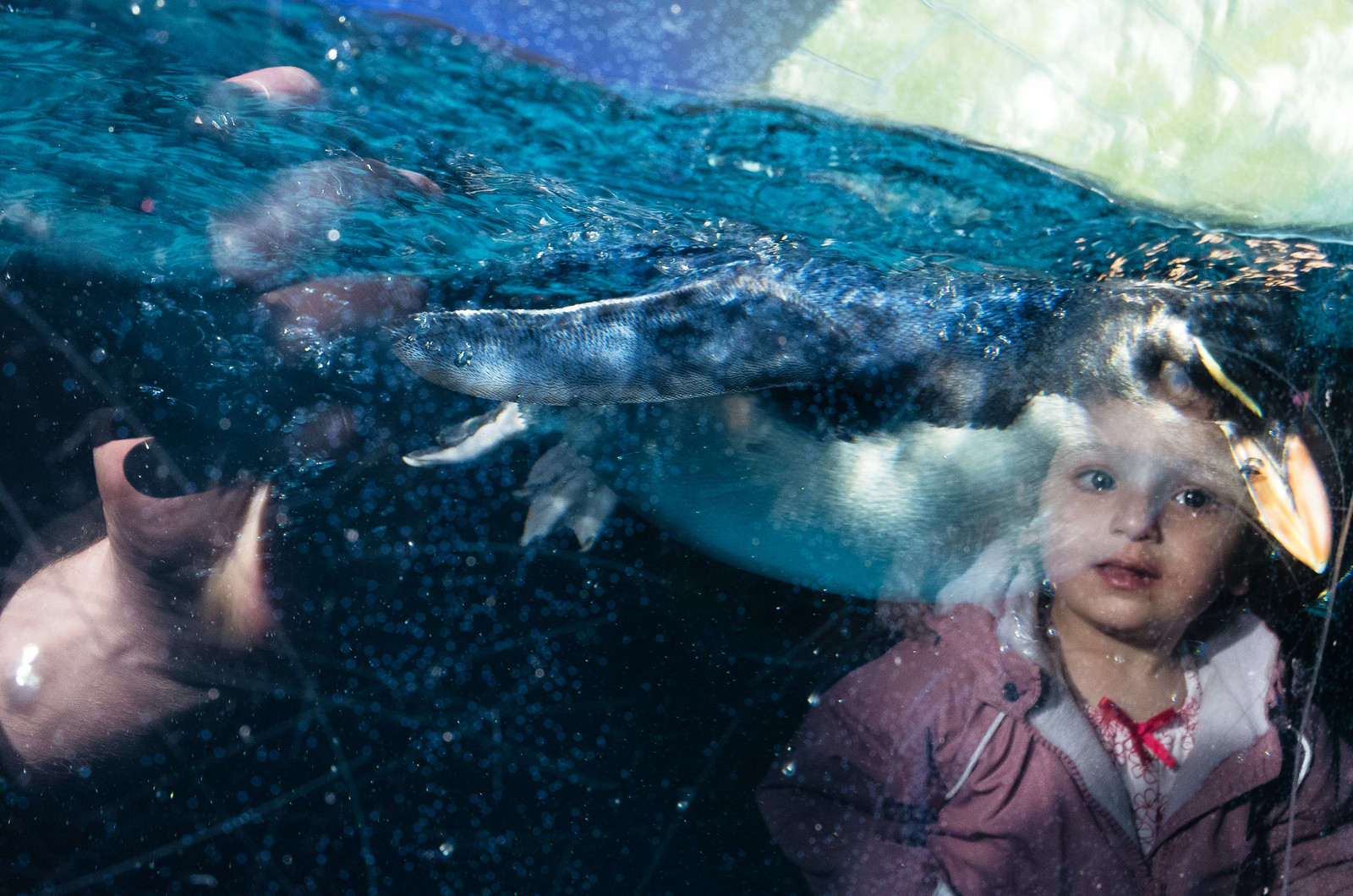
Berlin 2017: photo by Gavin Bragdon, 28 April 2017

Berlin 2017: photo by Gavin Bragdon, 28 April 2017

Berlin 2017: photo by Gavin Bragdon, 28 April 2017

DSC09620: photo by Kanrapee Chokpaiboon, 11 April 2017

DSC09620: photo by Kanrapee Chokpaiboon, 11 April 2017

DSC09620: photo by Kanrapee Chokpaiboon, 11 April 2017

Promises like "40 Acres and a Mule." We end up with the bronze jackass and his 2560#s of shit.
ReplyDelete